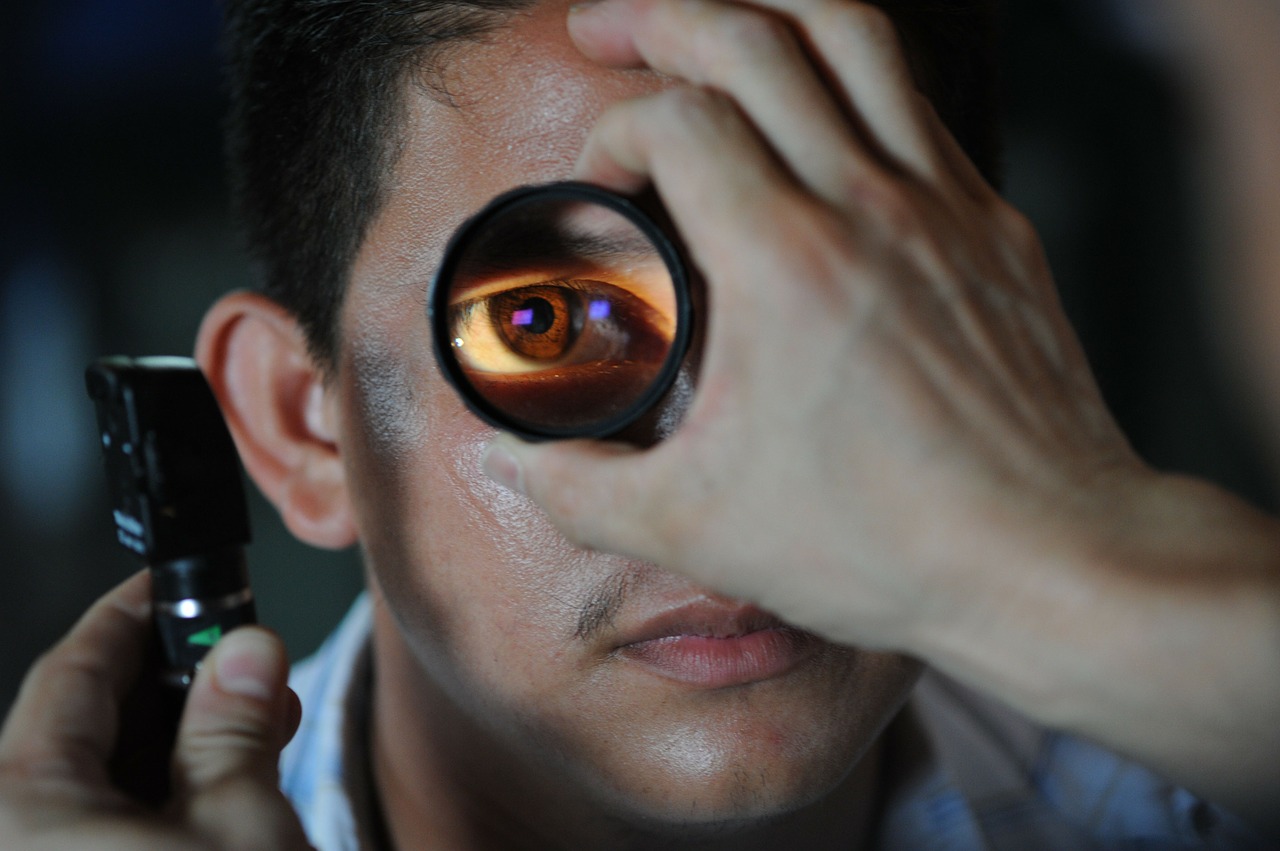Do you feel that your work is suffering because of painful eyes, blurred vision, or frequent headaches? If so, you like thousands of other working professionals who spend long hours in front of computers and other digital screens, may be suffering from Computer Vision Syndrome (CVS), also known as digital eye strain.
The symptoms of CVS include blurred and double vision, irritated or dry eyes, neck and shoulder pain, headaches, and general fatigue. All these symptoms directly impact your health and your productivity.
Let’s explore the various aspects of CVS in detail, with an eye (so to speak) on helping you take appropriate corrective measures to prevent eye strain caused by digital screens.
What Causes CVS?
Spending long hours day in and day out in front of the computer is a major cause of CVS. However, the factors listed below also contribute to the problem by putting additional strain on your eyes:
- Individual eye issues such as uncorrected vision, farsightedness and astigmatism
- Contact lenses or glasses of wrong prescription
- Eye problems related to age such as presbyopia
- Excess glare
- Insufficient and incorrect lighting
- Erroneous placement of monitor
The factors above can have a major negative impact on your your ability to perform. For instance, wearing glasses or contact lenses with the wrong prescription can strain your eyes and reduce your ability to perform computer-related tasks. This is especially true if you’re doing a lot of repetitive tasks such as data entry.
How to Reduce the Effects of CVS
CVS might seem like a serious health condition, but can be easily taken care of with these simple precautions.
- Adjust the screen settings such as font size, brightness, and contrast to make it as easy as possible for your eyes to read.
- Eliminate the glare from outside. Draw the blinds to stop the glare from the sun. Avoid direct fluorescent lighting and use indirect incandescent or halogen lighting. If these solutions aren’t possible in your working environment, choose glare filters. These work as thin protective shields which, when applied to digital screens, reduce excess glare and help protect your vision.
- If you are wearing prescription glasses or contact lenses, it is advisable that you get the prescription verified from your ophthalmologist regularly. You can also inquire about LASIK – an almost pain-free vision correction surgery which will free you from the burden of wearing glasses or maintaining contact lenses.
- Make it a habit to blink more often while spending long hours in front of any type of digital screen.
- Take regular short breaks from your screens. For instance, taking a break to drink water not only relaxes your eyes by shifting focus but also hydrates your eyes, thus eventually boosting your accuracy and productivity.
- Try practicing the 20-20-20 rule. For every 20 minutes you spend staring at the computer screen, look 20 feet away from the computer for 20 seconds. This will exercise your eye muscles and relax them.
- Small changes in your diet like adding a serving of green leafy vegetables can make a positive difference if you are suffering from eye strain. You can also include carrots, orange peppers, and other foods rich in carotene and zeaxanthin, which will provide adequate nourishment to your eyes and maintain their health.
All of the above mentioned tips can minimize the effects of CVS which will eventually lead to enhanced productivity. However, if the symptoms of CVS still persist, you should consult an ophthalmologist for a comprehensive eye exam. Professional guidance can help you understand digital eye strain or CVS better, so that you can take more accurate precautions to protect your eyes and prevent these eye related health issues from hampering your productivity.




